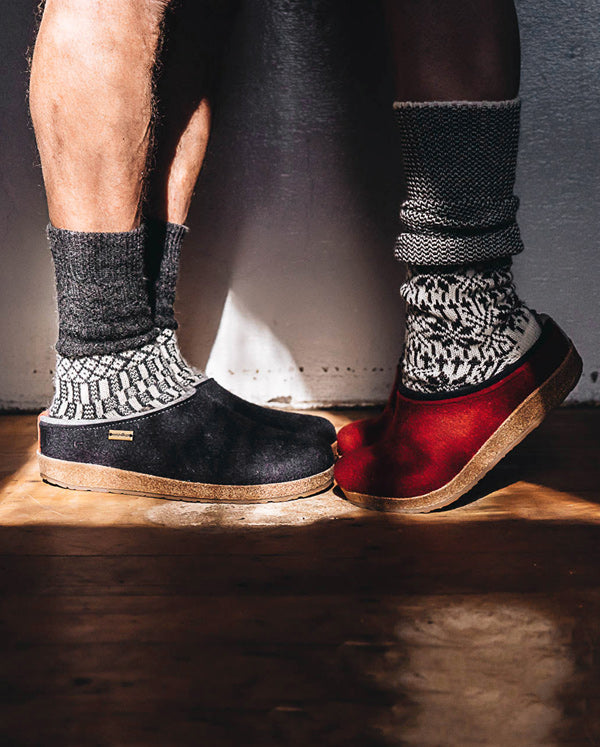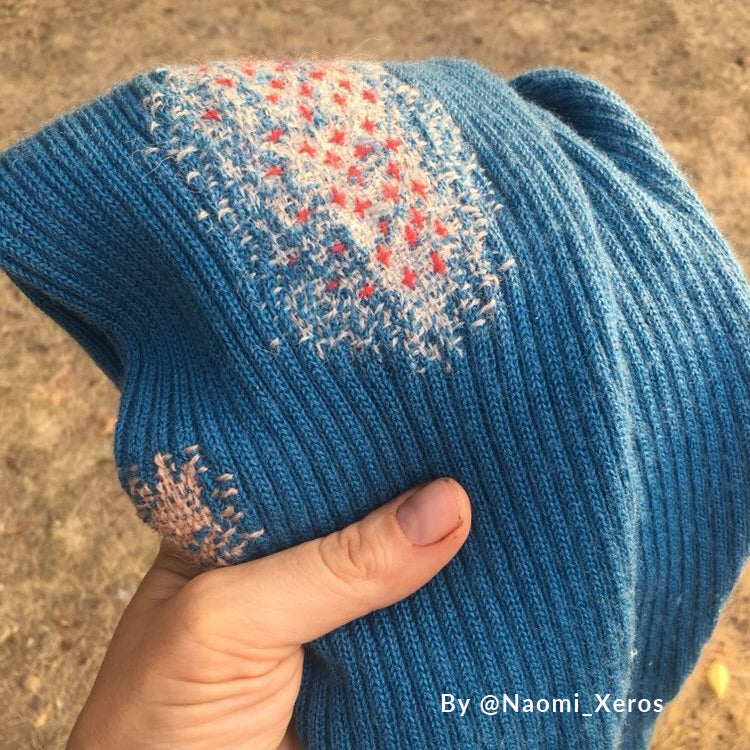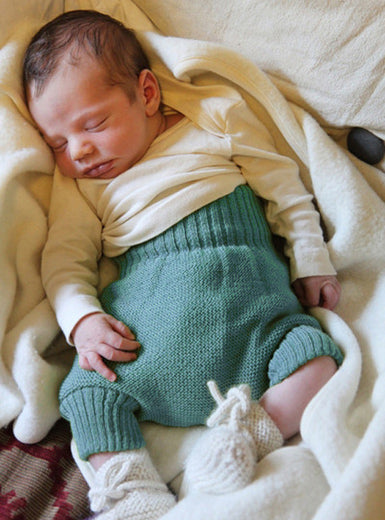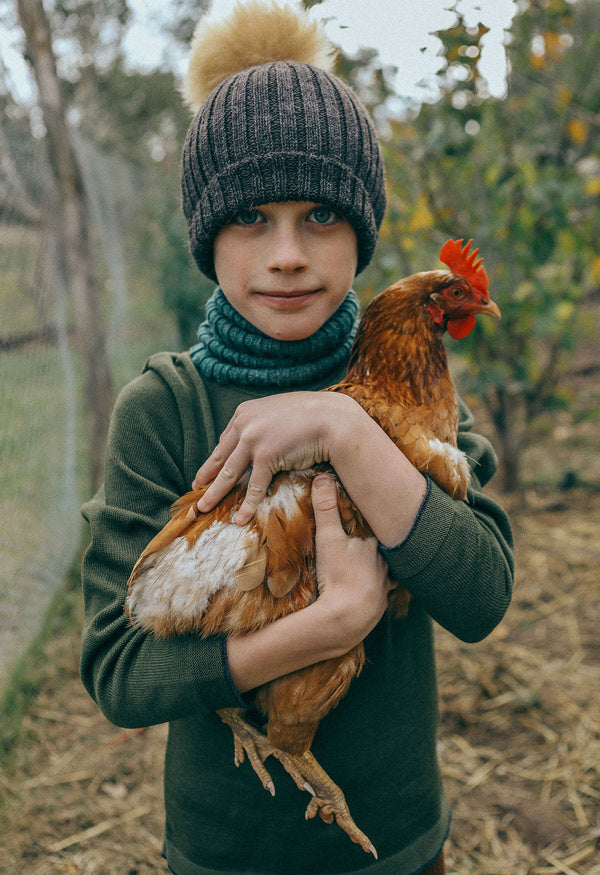Your Cart is Empty
Cloth Nappy Q&A
We have used this Cloth Nappy System for all three children and so we can vouch for the efficacy, longevity and simplicity of this system over all others we tried. We're really happy to help you get the most from your nappies. If your question isn't addressed below please feel free to contact info@woollykins.com.au and we'll be happy to help you with your cloth nappy journey.
-
Yes of course! Just look for looser fitting pants and bodysuits. If the clothes are too tight over the nappy cover they may press down the wool cover and wick moisture through the cover. You can also buy these Engel Bodysuit Extensions that can add extra room in your other baby clothing as they are not usually cut for cloth nappy wearers - just check the buttons will align.
-
Yes, you can! We’ve always used them all year round. Even when it gets to those really hot days you'll be surprised just how cool baby’s bum is when changing the nappy. Merino wool is famous for it's ability to stabilise body temperature. And wool is definitely preferable to using a PUL cover which doesn’t breath and can get humid and sweaty. We use them like little shorts in the summer with a t-shirt or singlet and my boys have always seemed really comfortable in them. If you’d prefer a wool cover that has less skin contact then you can opt for the boiled wool cover which mostly just covers the nappy itself and doesn’t have the wide waistband and leg cuffs. I have some customers who live in warmer humid areas like QLD, NT that love the Engel wool nappy pants – they need more lanolising and more frequent nappy changes but they work remarkably well for such a light cover and are great for those really hot days. We’ve tried all and have a few in rotation but the Disana nappy pants just work so well and our boys seem to find them very comfy, so we have mostly used those throughout the year.
-
The brushed cotton nappy has a stay-dry feel. Because of the fluffy nap which increases the surface area of the fibres, it wicks the moisture away from the skin. The muslin liners also have a stay-dry feel - the crinkly triple gauze weave means less overall contact with the skin, meaning the liner does not feel saturated against the skin. The wool nappy cover also acts to wick extra moisture away from the skin and will hold about 30% of its weight in moisture before leaking. The great thing about these nappies is that baby can comfortably wear them overnight for long periods without them leaking on to clothing or feeling very wet and humid. Because who wants to change a nappy in the middle of the night? Baby hates it just as much as parents do. People who are concerned about night wetness go for the Ruskovilla wool liners. As you probably know, wool when wet doesn’t feel damp as wool wicks moisture away so the wool liners make a really good stay-dry night booster. They are also super absorbent - they can also be used as an extra booster inside the wool nappy cover in the wet zone as in between the nappy and the nappy cover but you don't get the against the skin contact benefits of wicking.
-
If you’re using cloth nappies full time, I would recommend a minimum of three. However you can choose 2 x 0-6m and 1 x 6-12m. That way you can use the bigger one at night and the other two in the day. Bear in mind though that new babies have some very explosive nappy episodes which are unavoidable so if they get poo on them they will need a wash and be out of action for a day.
-
How long is a piece of wool? ;) You definitely need to change straight away after they poo but not wees. I recommend using your nose. If bub is smelling very wet and sour down there go for a fresh nappy. Generally after newborn stage (when nearly every nappy is a poo nappy) you do about 4-5 changes a day including poos.
-
Just use any waterproof sealable bag until you're home. We don't sell any fancy ones, there is usually something begging to be reused around the home :)
-
You can use without a cover at first but you’ll find newborns wee and poo quite a lot and so you’ll just need to change them more often. You often need to do so anyway as they poo nearly every nappy for the first few weeks.
-
No, I would only bother using them after 6 months when baby starts to eat solids. Breastfeeding poo is totally water soluble and the washing machine will deal with it fine so you don’t need to even bother scraping off the nappy. Just pop them in a dry nappy bucket until you do a wash. Then do a pre-wash and then a wash at 60 degrees. Put white vinegar in the rinse tray to help remove any soap residues. Breastfeeding poop is very yellow and that can temporarily stain the cloth - it is not lightfast however and the sun will always bleach it out.
-
The Disana nappy cover is amazing overnight however it’s only as good as the nappy inside, in that if the nappy itself isn’t sufficiently absorbent to contain the wee overnight it can saturate the nappy cover as well and then it may leak. If your non-Disana nappy is leaking through the PUL cover it sounds like the wool nappy cover could help soak up any extra wee after the night nappy becomes saturated. PUL covers don’t have any absorbency themselves so they rely on being tight enough around the legs and waist to contain leaks (which often leaves red marks where it digs into bubs skin) whereas the wool covers absorb quite a lot themselves and then the lanolin stops that passing through on to clothes and bedding however they can get saturated too if the night nappy isn’t absorbent enough and then they too will leak through. Solution - ensure your nappy is boosted for night use and then use the wool cover over.
-
Personally I believe there is nothing more smelly than a rubbish bin of disposable nappies! In our experience that is one of the drivers for parents turning to cloth – with disposables you’ll soon notice the smell emanating from the garbage bin is far far worse than a dry pail of wet nappies. Most of the poo gets scraped into the bin once baby starts eating solids (don’t bother with that when they are just breastfeeding, boob milk poo is water soluble and not really smelly and can just get
washed out in the washing machine.)A wet pail of nappies soaking in water can get smelly, but you don’t want to do that because you’ll ruin the fibres. The dry pail method isn’t that smelly at all. You’ll be washing them every 3 days probably anyway so there isn’t enough time for them to go all smelly. Pop a lid on the nappy bucket, that’s fine to do. What does turn quickly rank though is the garbage bin! When that doesn’t get emptied for a week or more then it can get very smelly indeed. So all in all, for people worried about the smell, go cloth!
-
I wouldn’t use the PUL cover inside the wool nappy cover, I would just let the wool do its thing on top of the night nappy as part of its function is soaking up the wee once the night nappy is full. If the cover itself leaks you’ll know the nappy within needs to be boosted better. We have had completely 100% leak free nights with my three boys using the Disana Tie-on-nappy, muslin liners x 2 and the wool cover, however many people use the Disana wool covers over other cloth nappies too with success.
-
Select a Pre-Wash and then full wash cycle at 60 degrees. Use a little laundry liquid in the pre-wash also. Add Cleaning Vinegar to the rinse cycle try (no laundry softener!).
Using a slower spin cycle can make the nappies dry softer. I would suggest 8 or 10 max. and hang in a windy spot preferably. Drying in full/harsh sun can make them crisp up, but they soften again with use. An occasional tumble dry softens them up also.
If you have hard water use Soda Ash/Washing Soda/Sodium Carbonate in your laundry detergent tray in addition to your laundry liquid. You can use less laundry detergent if you have soft water so Washing Soda, which is inexpensive, will make your laundry detergent go further.
-
A laundry liquid is better than powder. We use the Sonett Laundry Liquid for Cotton/Linen/Hemp. It’s really nice for all laundry, and very ecologically sound. Or try Dr Bronners castile soap. Use a soap based liquid rather than a detergent as it doesn't build up in the fibres which can make them a bit stiff. That's where a vinegar rinse can help. If you have hard water use Soda Ash/Washing Soda/Sodium Carbonate in your laundry detergent tray in addition to your laundry liquid. You can use less laundry detergent if you have soft water so Washing Soda, which is inexpensive, will make your laundry detergent go further.
-
The cotton nappies and liners can be put in the dryer with no problem. They actually love a bit of a tumble, it makes them stay really soft forever! Line drying natural fibres in the sun can make them feel a little crisp at first but they soon go all soft again with a ruffle up and warmth of wriggling baby.
-
If you are having issues with a leaking nappy, don’t despair! The Disana nappy system is designed to work for all baby sizes/shapes/ages. Most leaks are due to the issues below and can be easily solved.
Is the liner inside sufficient for your child? Sometimes they need boosting if they are wetting through too quickly. You can do this by using 2 brushed cotton liners or 2 muslin liners together. Or you could try a brushed cotton liner and muslin liner. Play around with the boosters to see what works best for your child.
Is the leak is finding its way out of the nappy (i.e at the leg cuffs), instead of the wetness soaking out across the fibres? If so, then the fibres may not be absorbent – they could either not be pre-washed enough or clogged with something like a fabric softener.
Alternatively the nappy may be too loose and not in good contact with the source of the leak. In that case, check you’re getting a good fit – remember that the first step when laying baby onto the nappy and liner is to bring the liner up between the legs and then pull the sides quite firmly across on top of the liner, then bring the knitted nappy and ties up and over these and cross the ties around the back to tie quite firmly at the front. This sandwiching of the layers ensure that the liner stays in place and you get a good fit around the legs.
If all the above is okay, then the wool cover might need extra lanolising. Some parents find they need to do two or more lanolin treatments to layer up the lanolin to help with the neutralising of the wee and making it extra waterproof. You can also lanolise the nappy cover inside out as it gives extra lanolin to the inside layer of the cover.
Finally, something to check is to make sure that the clothing on top of the wool cover is not too tight. A tight baby body clipped under the crotch or tight pants can wick moisture through the nappy. Loose clothing is best over wool covers.
-
The nappy will get wet after they wee - both the liner and the nappy itself are designed to soak up all the wetness and even the wool cover soaks up extra wetness to a degree. If the nappy is not leaking through the cover on to the clothing then it’s all working beautifully. If you are concerned about bub feeling wet then the wool liner can further help wick moisture away from the skin but the liners we sell do that to a certain degree also. The fluffy nap on the brushed cotton increases the surface area of the fabric which ensure that there is less wetness in direct contact with the skin, and the crinkled muslin fabric has the same effect. That’s why those weaves work beautifully as nappy liners. The wool booster uses wools amazing wicking and temperature properties to give a stay dry feel and can help overnight to if your baby is prone to waking up when wet or the nappy and wool cover is feeling entirely saturated by morning.
-
The best solution to avoiding shrinkage is prevention because there is unfortunately no cure. Have a dedicated wool laundry basket and train everyone in your household to only put wool garments there. Follow the washing and care instructions for best results and if you're not sure how to properly wash wool see our how to wash wool page.
If the wool nappy cover has noticeably shrunk, you can try following the steps below:
1. Fill your sink with lukewarm water
2. Add 200-300 ml of natural hair conditioner
3. Add your wool and gently stretch it back to the right size/shape
4. Mix 2 tablespoons of vinegar with 4 litres of water in a large bowl
5. Add your wool to the vinegar solution and swish gently to remove the conditioner
6. Hand wash your wool using your usual wool wash routine -
There isn’t really any clear solution to stopping the nappy ties tangling so we ended up going with it and using it as a bit of a mindfulness exercise!
A customer once told me that they drape the ties over the nappy bucket and when they have a full load will use a plastic Ikea clip to fasten all the ties together and then wash them.
When you wash the load of nappies in a big laundry bag it helps a bit but they still get tangled around each other.
I timed it though and it’s only really a matter of 5-10 minutes so in the end we gave up looking for a hack. We found that sometimes they hardly tangled at all and other times they tangled a lot which we took as a sign we needed to be extra mindful 😉. We even enlisted the toddler to do it himself which kept him busy for a time :)
Even with the bother of untangling they still are the fastest drying cloth nappies out there I found so it was negated by that in my opinion.
